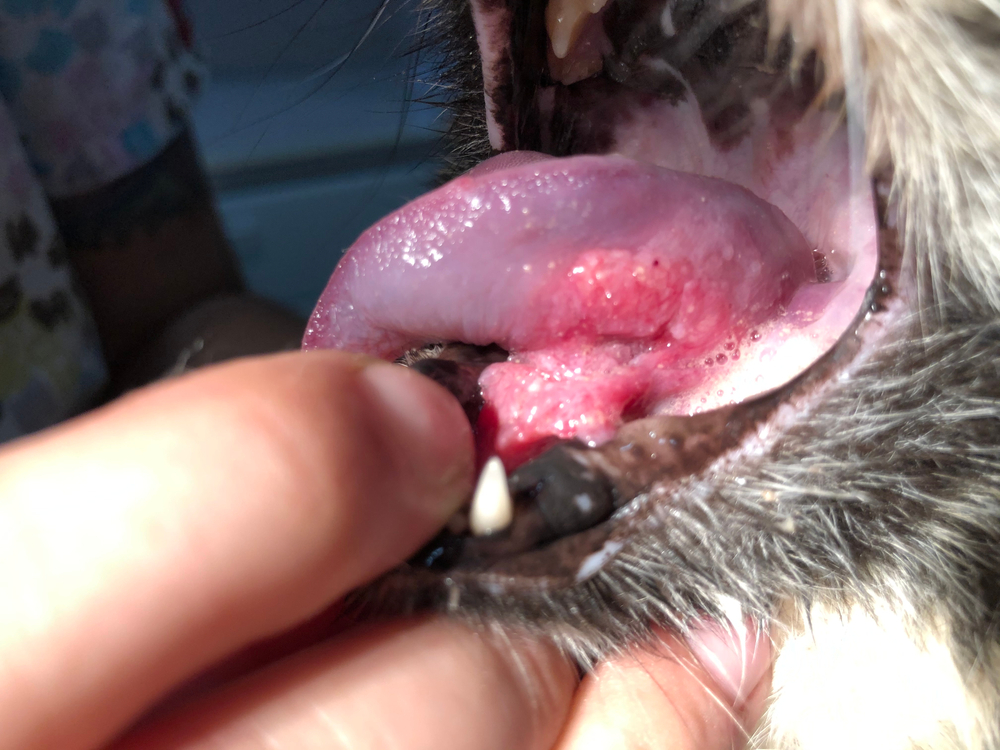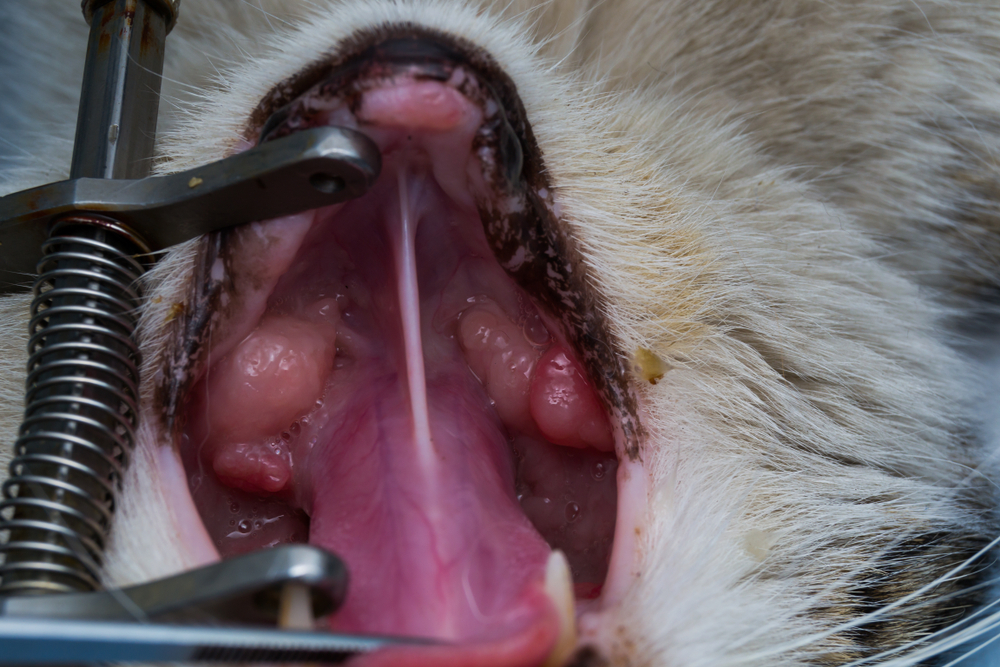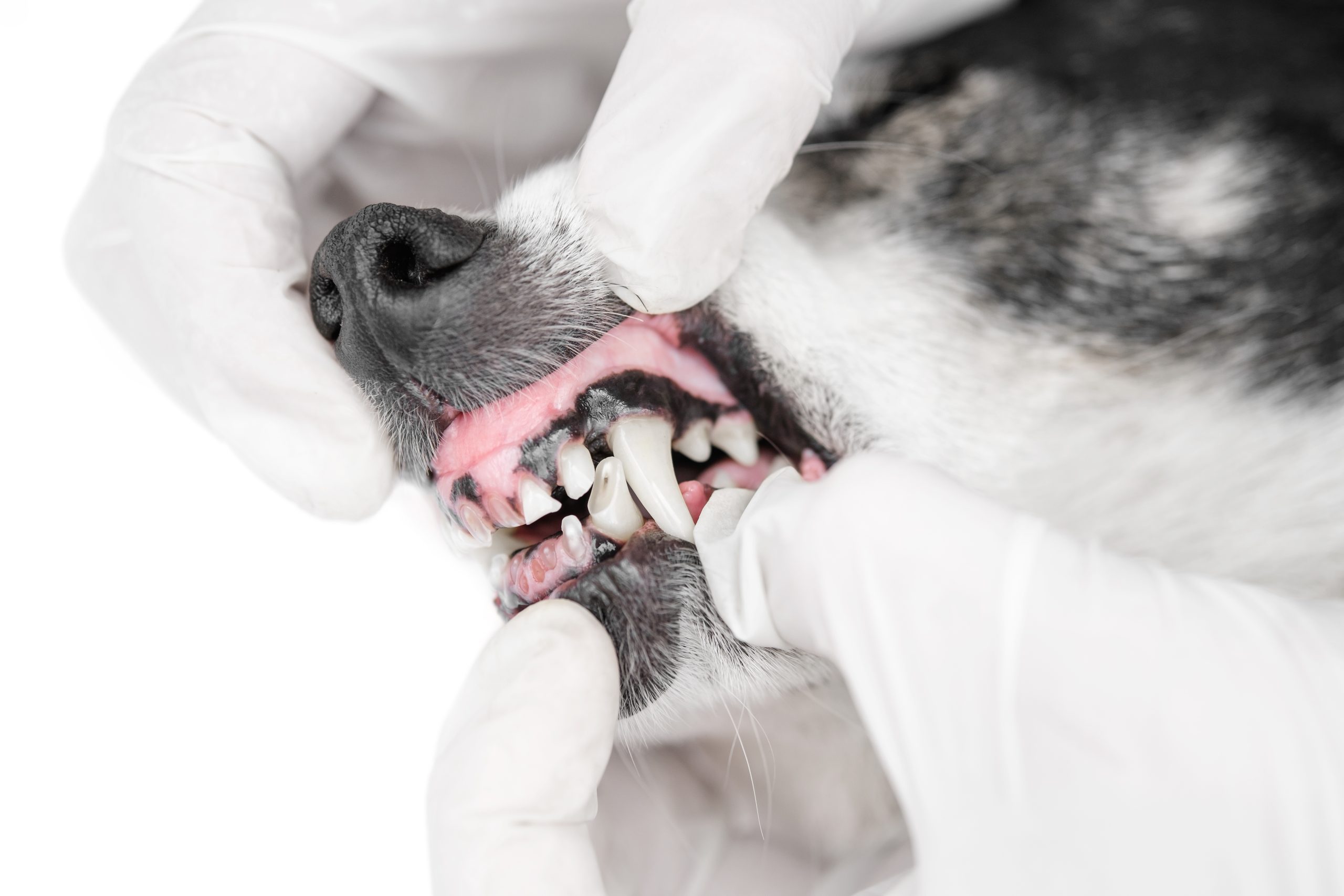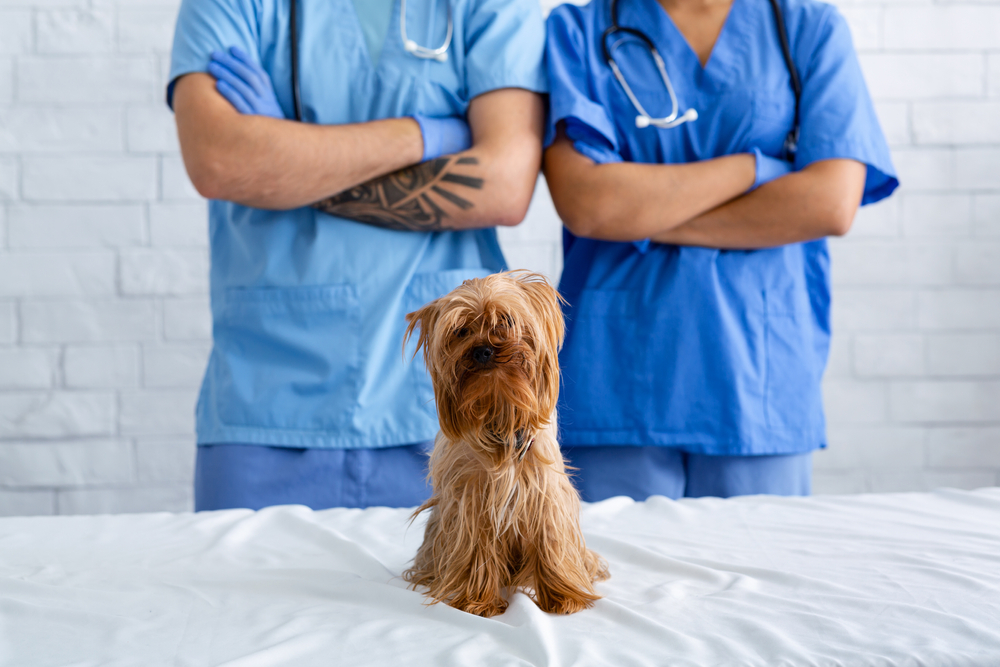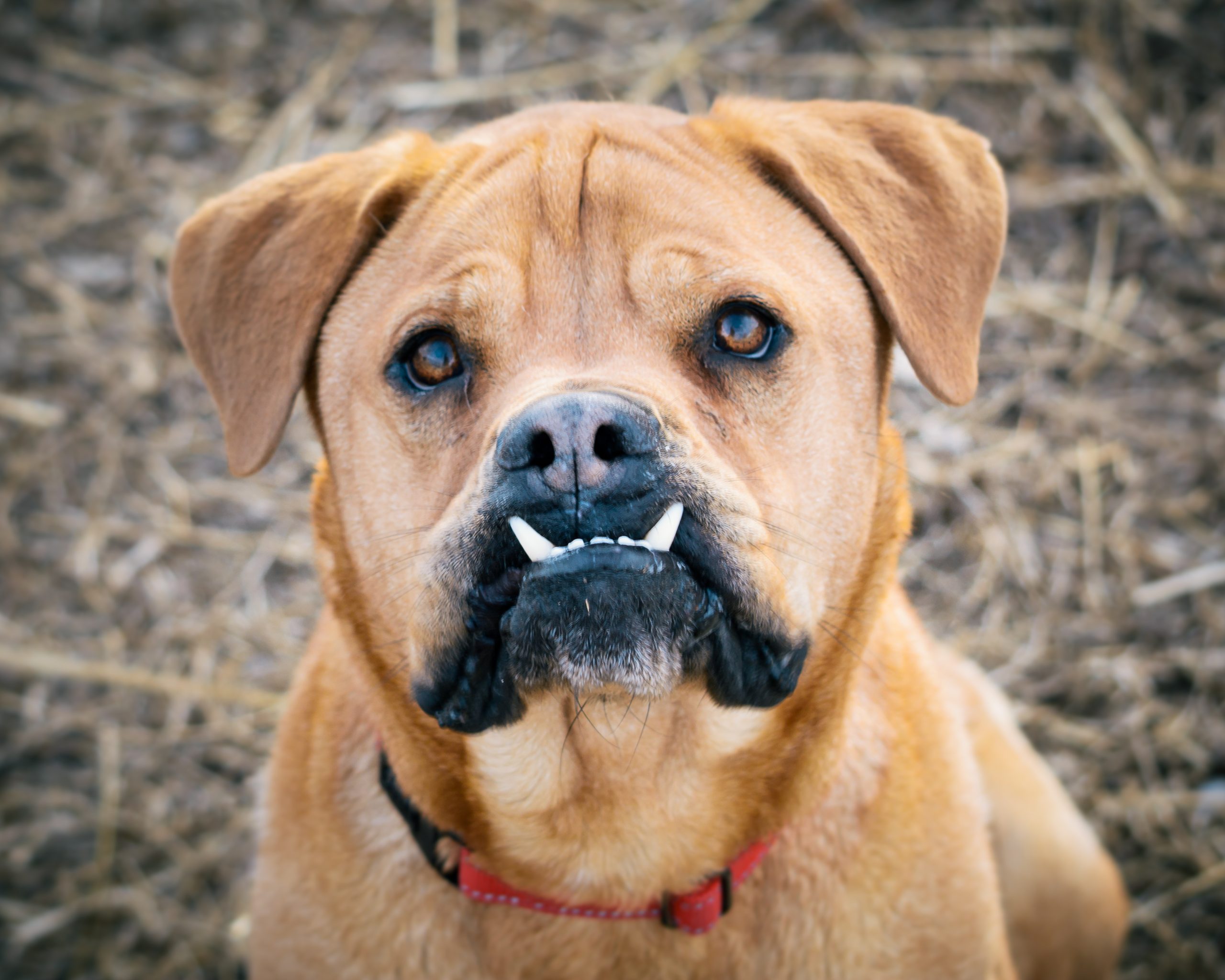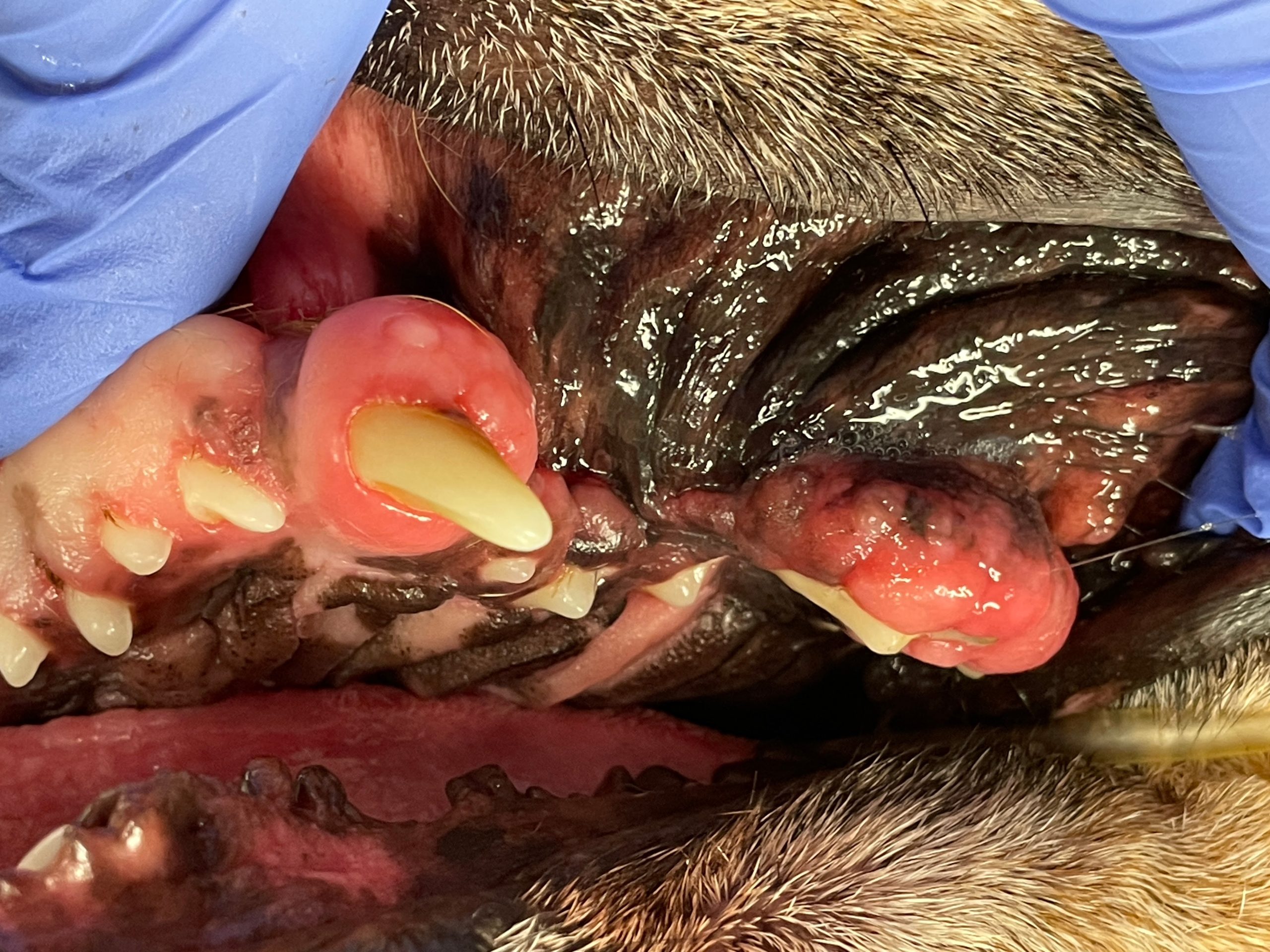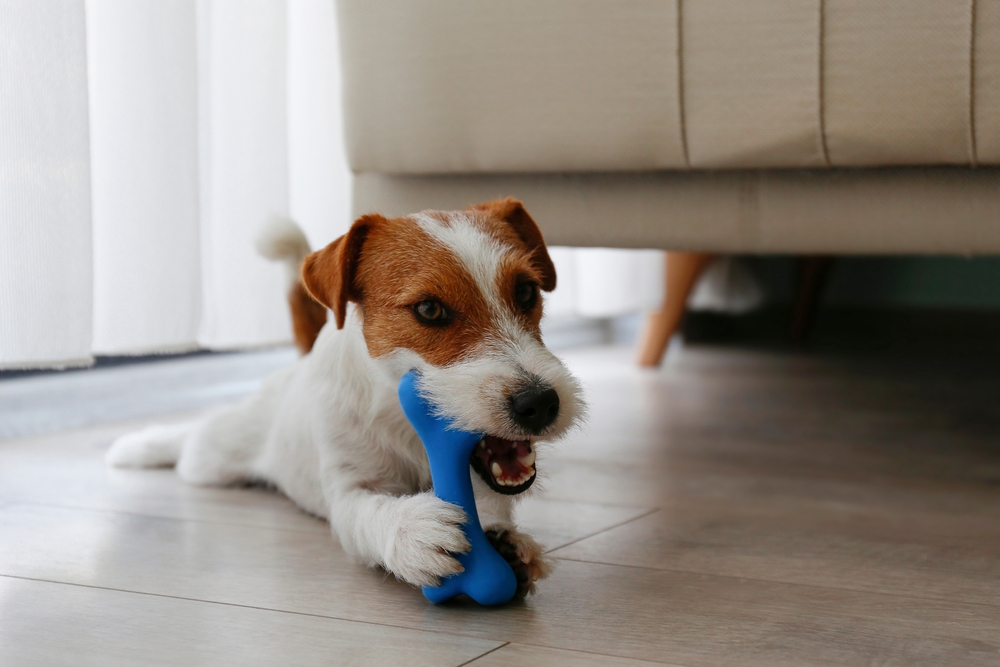Comprehensive Care for Squamous Cell Carcinoma in Cats: A Guide for Pet Owners
Did you know that squamous cell carcinoma (SCC) accounts for approximately 10% of all skin cancers in cats? At North Bay Veterinary Dentistry in Petaluma, California, we're dedicated to helping pet owners like you understand and manage complex conditions like SCC. Early detection can make all the difference in your cat's health, so let's dive [...]

